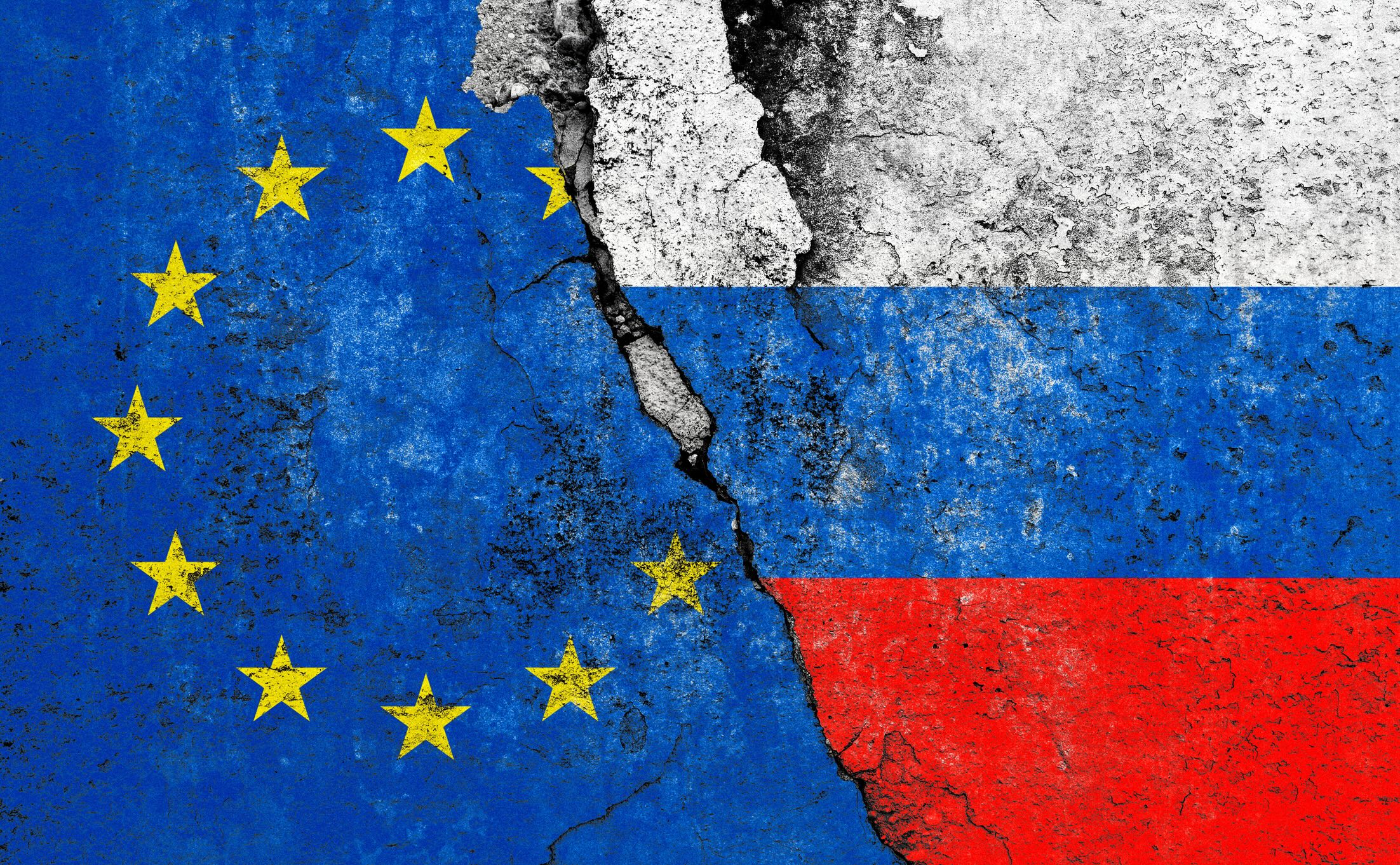EU Rolls Out 18th Sanctions Package Targeting Russia’s War Machine & Sanctions Circumvention
Key Takeaways
- Dynamic Oil Price Cap Introduced: The EU lowered the price cap on Russian crude oil from $60 to $47.60 and introduced a mechanism to keep it 15% below market average, aiming to reduce Russia’s energy revenues.
- Shadow Fleet Crackdown Intensifies: 105 new vessels were added to the sanctions list, bringing the total to 444, with expanded penalties targeting operators, traders, and even a Rosneft-linked Indian refinery.
- Full Transaction Ban on Russian Banks: The EU escalated financial sanctions by expanding the ban to 45 Russian banks and restricting dealings with crypto and third-country financial actors aiding sanctions evasion.
- Export and Trade Controls Expanded: An estimated €2.1 billion in goods are now restricted, including advanced technologies tied to Russia’s military-industrial complex and Belarusian defense firms.
- New Legal Safeguards for Member States: The EU introduced protective measures to shield Member States from arbitration claims brought by sanctioned entities under bilateral investment treaties.
Deep Dive
Brussels has approved its most comprehensive sanctions package yet against Russia, marking the 18th wave of EU action since the start of the war in Ukraine. The new measures aim to ratchet up pressure on the Kremlin’s energy revenues, financial lifelines, and military-industrial backbone, while also closing loopholes and clamping down on sanctions evasion through third countries and shadow networks.
The package introduces a dynamic new oil price cap, cutting the ceiling for Russian crude from $60 to $47.60 per barrel and tying future adjustments to market averages, ensuring the price remains 15% below the six-month benchmark for Urals crude. Alongside this, EU operators are now banned from any transactions related to the Nord Stream 1 and 2 pipelines, while a new clampdown prevents the import of refined oil products made from Russian crude, even if processed outside of Russia.
In a significant escalation, 105 additional tankers have been added to the EU’s shadow fleet blacklist, bringing the total to 444. These vessels face a ban on EU port access and service provision. The listings now reach deeper into the value chain, targeting international shipping companies, oil traders, and even a major Indian refinery part-owned by Rosneft. For the first time, the EU is also sanctioning the captain of a shadow fleet vessel and an operator of an open flag registry.
Beyond the energy sector, the EU has tightened the screws on Russia’s financial arteries. The previously limited ban on specialized financial messaging services has been converted into a full transaction ban affecting 45 Russian banks, 23 already listed, with 22 more added under this package. EU companies are now prohibited from engaging with these institutions in any capacity, directly or indirectly. The crackdown also extends to crypto-asset providers and third-country financial operators that assist Russia in circumventing sanctions or remain linked to its financial messaging systems.
A new wave of restrictions targets the Russian Direct Investment Fund (RDIF), its subsidiaries, and affiliated investments. Any engagement with legal entities connected to the RDIF is now prohibited, cutting off a key channel for Moscow to access global capital markets and foreign currency. The EU has also banned the provision of certain banking software to Russian state-linked institutions.
Trade restrictions have been broadened to include roughly €2.1 billion worth of goods in 2024 terms, including dual-use and advanced technologies critical to Russia’s military. Sanctions have been extended to an additional 55 entities and individuals, including firms in China accused of supplying battlefield-use goods and eight Belarusian entities supporting Moscow’s defense sector.
To counter the persistent risk of circumvention, the EU is equipping Member States with a new catch-all tool to stop suspect exports of advanced technology, even when routed through third countries. This is coupled with an expanded transit ban on economically critical goods, including items relevant to the energy and construction sectors.
The EU is also drawing a sharper line on accountability. New designations target individuals involved in the indoctrination of Ukrainian children through Russia’s so-called “military education” programs, bringing the number of related listings to over 80. Others sanctioned include Russian proxies operating in occupied Ukrainian territories, a propagandist, and a prominent business figure.
Recognizing the legal vulnerabilities posed by arbitration claims brought by sanctioned individuals, the EU has introduced safeguards to protect Member States from investor-state dispute settlement proceedings. These provisions offer member countries new tools to recover damages and defend against sanctions-related litigation under bilateral investment treaties.
Sanctions have also expanded in scope against Belarus, targeting arms procurement, key technologies, and financial channels. One new entity was added to the EU’s restrictive list, while eight more were hit with asset freezes.
“The EU just approved one of its strongest sanctions packages against Russia to date,” said High Representative Kaja Kallas. “The message is clear: Europe will not back down in its support for Ukraine.”
Maria Luís Albuquerque, Commissioner for Financial Services, added that the package “strikes at the heart of Russia’s war machine,” and underscored that “the pressure is working—Russia’s resources are dwindling, and sustaining its illegal war is becoming increasingly difficult.”
With more than 2,500 individuals and entities sanctioned and 444 vessels blacklisted, the EU’s 18th package reflects both the growing complexity of its sanctions regime and its determination to keep the pressure on Moscow. As the war continues, officials have made it clear that this won’t be the final word.
The GRC Report is your premier destination for the latest in governance, risk, and compliance news. As your reliable source for comprehensive coverage, we ensure you stay informed and ready to navigate the dynamic landscape of GRC. Beyond being a news source, the GRC Report represents a thriving community of professionals who, like you, are dedicated to GRC excellence. Explore our insightful articles and breaking news, and actively participate in the conversation to enhance your GRC journey.
Sponsored by






.svg)

.svg)